Understanding the Female Reproductive Cycle & Herbal Hormone Balancing
The female reproductive system is a remarkable network that not only influences physical health but also impacts emotional and mental well-being. By delving into its unique cycles and hormonal intricacies, we can embrace the power of medicinal plants to naturally nourish, balance, and support reproductive wellness.
How the Female Reproductive System Works
Cycles of Creation and Renewal
At the core of the female reproductive system lie several key cycles—menstruation, ovulation, and pregnancy. This system shifts between two main phases–the follicular phase and the luteal phase–in all these make up the menstrual cycle. We will break down these phases a bit more later on. This cycle typically lasts about 28 days but may vary among individuals, and kicks off on the first day of menstruation.
Hormones such as estrogen and progesterone play a central role in regulating these cyclical changes. They manage the maturation of eggs, the thickening of the uterine lining, and the process of menstruation. These hormones are secreted by the ovaries–which also produce the gametes aka the egg. The secretion of these hormones is triggered by the anterior pituitary and the hypothalamus.
Anatomy of the Female Reproductive System
The ovaries, small almond-sized organs located in the upper pelvic cavity, are the powerhouses of this system. They produce the eggs (gametes) and secrete vital hormones. Each ovary is connected to the uterus by a fallopian tube, which transports the egg for potential implantation. The uterus itself—a muscular, hollow organ—houses a developing baby during pregnancy and is responsible for shedding its lining during menstruation. The cervix, located at the base of the uterus, opens into the vaginal canal, completing this well-coordinated system.
The Role of Hormones
There are two main hormones associated with the female reproductive system–estrogen and progesterone. Estrogen peaks during the follicular phase and progesterone peaks during the luteal phase. Although estrogen also rises to a second peak with the peak of progesterone.
Hormones dictate which part of the cycle an individual is in. Here is a breakdown of each phase and what is associated with it:
1. Menstrual Phase (Days 1-5)
What Happens: This phase begins when the uterus sheds its lining, resulting in menstruation.
Key Hormones: Low levels of estrogen and progesterone trigger the start of the cycle.
2. Follicular Phase (Days 1-13)
What Happens: The pituitary gland releases follicle-stimulating hormone (FSH), which promotes follicle development in the ovaries. The follicles produce estrogen, helping to rebuild the uterine lining.
Key Hormones: Rising estrogen and FSH fuel these early-cycle processes.
3. Ovulation (Day 14)
What Happens: A surge in luteinizing hormone (LH) triggers the release of an egg from the dominant follicle.
Key Hormones: A sharp LH surge and a peak in estrogen prepare the body for fertilization.
4. Luteal Phase (Days 15-28)
What Happens: Following ovulation, the ruptured follicle transforms into the corpus luteum, releasing progesterone to sustain the uterine lining. If fertilization does not occur, the decline of progesterone and estrogen signals the start of another cycle.
Key Hormones: Progesterone and supportive estrogen levels maintain a possible pregnancy, then drop to restart the cycle.
Beyond reproduction, the reproductive system significantly influences mood, skin health, and energy levels. Key hormones fluctuate naturally but can also become imbalanced due to stress, diet, or medical conditions, affecting overall health.
Imbalance in the Female Reproductive System
Menstrual Irregularities
Irregular cycles, heavy bleeding, or painful cramps often indicate imbalances in reproductive hormones. For these challenges, antispasmodics like cramp bark can ease discomfort, while hormone-balancing adaptogens like vitex help regulate cycles.
Premenstrual Syndrome (PMS)
Symptoms like mood swings, bloating, and breast tenderness are common before menstruation. Calming nervines like lemon balm or skullcap may ease stress, while anti-inflammatory herbs such as ginger alleviate discomfort.
Fertility Support
For those on a fertility journey, nourishing and supporting reproductive health is essential. Herbs like red raspberry leaf are rich in nutrients that strengthen the uterine lining, while maca root promotes hormonal balance and vitality.
Menopause
As the reproductive system transitions, symptoms like hot flashes, night sweats, and mood changes may arise. Herbs such as black cohosh and dong quai are often used to ease this transition by supporting hormonal balance.
Emotional and Mental Well-being
Hormonal imbalances often affect mental health, leading to anxiety, mood swings, or depression. Adaptogens like ashwagandha help the body adapt to stress, while nervines like passionflower offer gentle emotional support.
Herbal Therapeutics For Reproductive Health
The female reproductive system deserves care and attention at every stage of life. By integrating the wisdom of herbalism into daily routines, women can foster balance, relieve discomfort, and promote overall well-being. Whether you’re easing monthly cycles or navigating life’s transitions, the power of nature is here to support you on your journey. Harness the power of these herbal allies to support various aspects of female reproductive wellness:
Hormone Balancers
These herbs help regulate hormonal fluctuations, promoting balance throughout menstrual cycles and transitions like menopause.
Menstrual Phase: Ginger and raspberry leaf to ease cramps and support uterine health.
Follicular Phase: Maca and shatavari to nourish reproductive health and boost estrogen.
Ovulation: Red clover and evening primrose oil to enhance fertility and egg quality.
Luteal Phase: Vitex (Chaste Tree Berry) and magnesium-rich herbs to balance progesterone and reduce PMS.
Uterine Tonics
These herbs strengthen and tone the uterus, supporting menstrual health and fertility.
Red Raspberry Leaf: Packed with nutrients, it’s a classic uterine tonic often used during pregnancy or to ease menstrual discomfort.
Black Cohosh: Supports the uterus and alleviates menopausal symptoms.
Nervines and Adaptogens
These herbs calm the nervous system and help the body adapt to stress, which often impacts reproductive health.
Lemon Balm: Eases stress and promotes emotional balance, especially during PMS.
Ashwagandha: An adaptogen that reduces stress and supports overall reproductive wellness.
Passionflower: Relieves anxiety and helps improve sleep quality, which is vital for hormonal balance.
Anti-Inflammatories
Inflammation can disrupt reproductive processes. These herbs combat swelling and discomfort.
Turmeric: Contains curcumin, which has powerful anti-inflammatory properties.
Ginger: A natural anti-inflammatory that also alleviates nausea, a common symptom during pregnancy or PMS.
Blood Nourishers
Support the blood-building process and ensure adequate circulation for reproductive health.
Nettle: Rich in iron, it’s ideal for replenishing blood levels, especially after heavy menstruation.
Angelica Root: Promotes healthy blood flow and circulation.
Antispasmodics
Soothe menstrual cramps and uterine tension with these herbs.
Cramp Bark: A go-to herb for relieving menstrual cramps.
Yarrow: Eases pain and acts as a mild astringent to reduce heavy bleeding.
Reproductive Restoratives
These herbs nourish and restore overall reproductive health, making them perfect for ongoing wellness support.
Shatavari: A revered Ayurvedic herb that supports fertility and balances hormones.
Evening Primrose Oil: Rich in essential fatty acids, it promotes hormonal balance and skin health.
Modes of Administration
The versatility of herbal remedies allows for various methods of administration:
Teas: Perfect for soothing cramps or balancing emotions (e.g., red raspberry leaf or chamomile).
Tinctures: Concentrated extracts for hormone support or fast relief from symptoms.
Capsules: Convenient for daily use, especially with herbs like evening primrose or black cohosh.




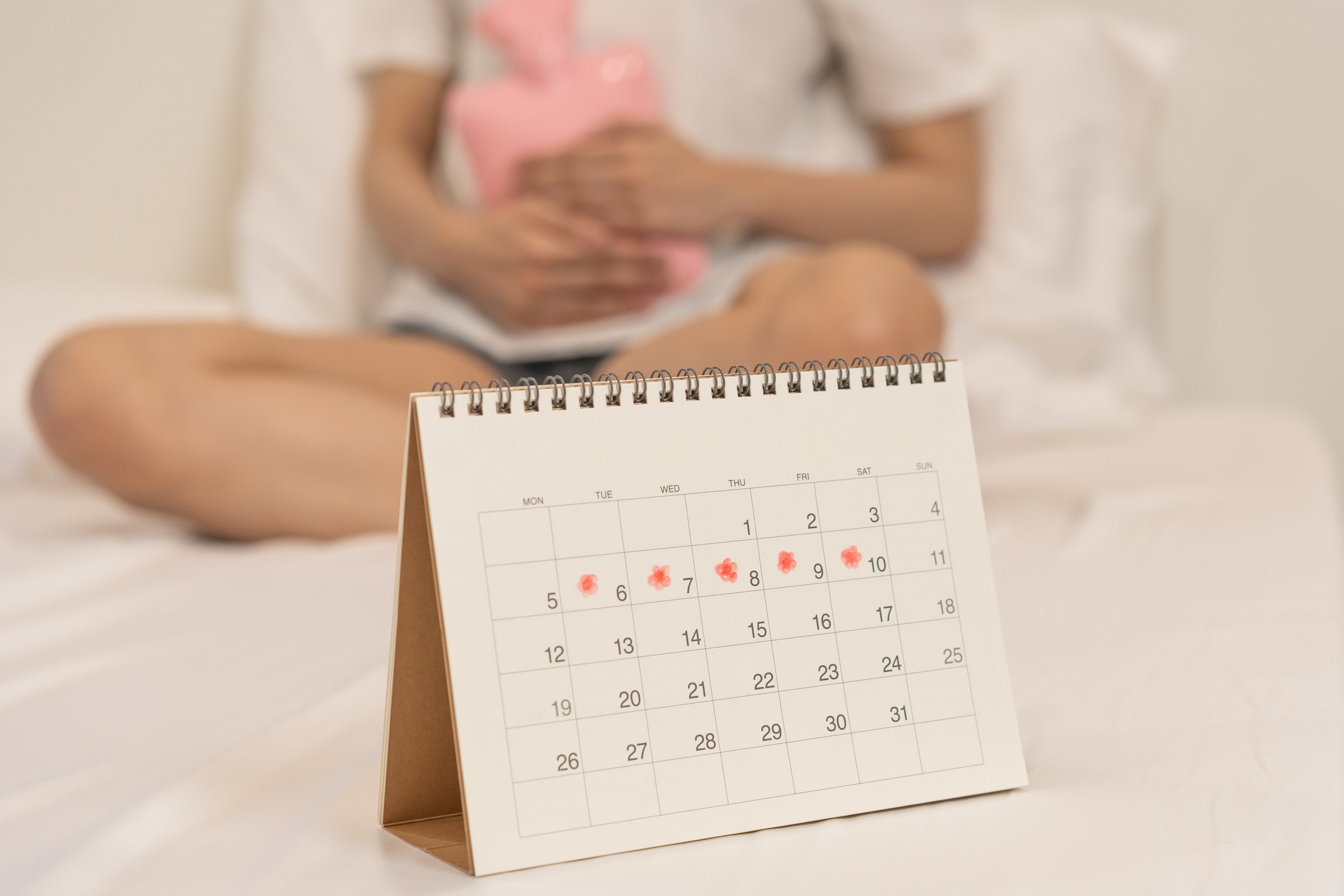






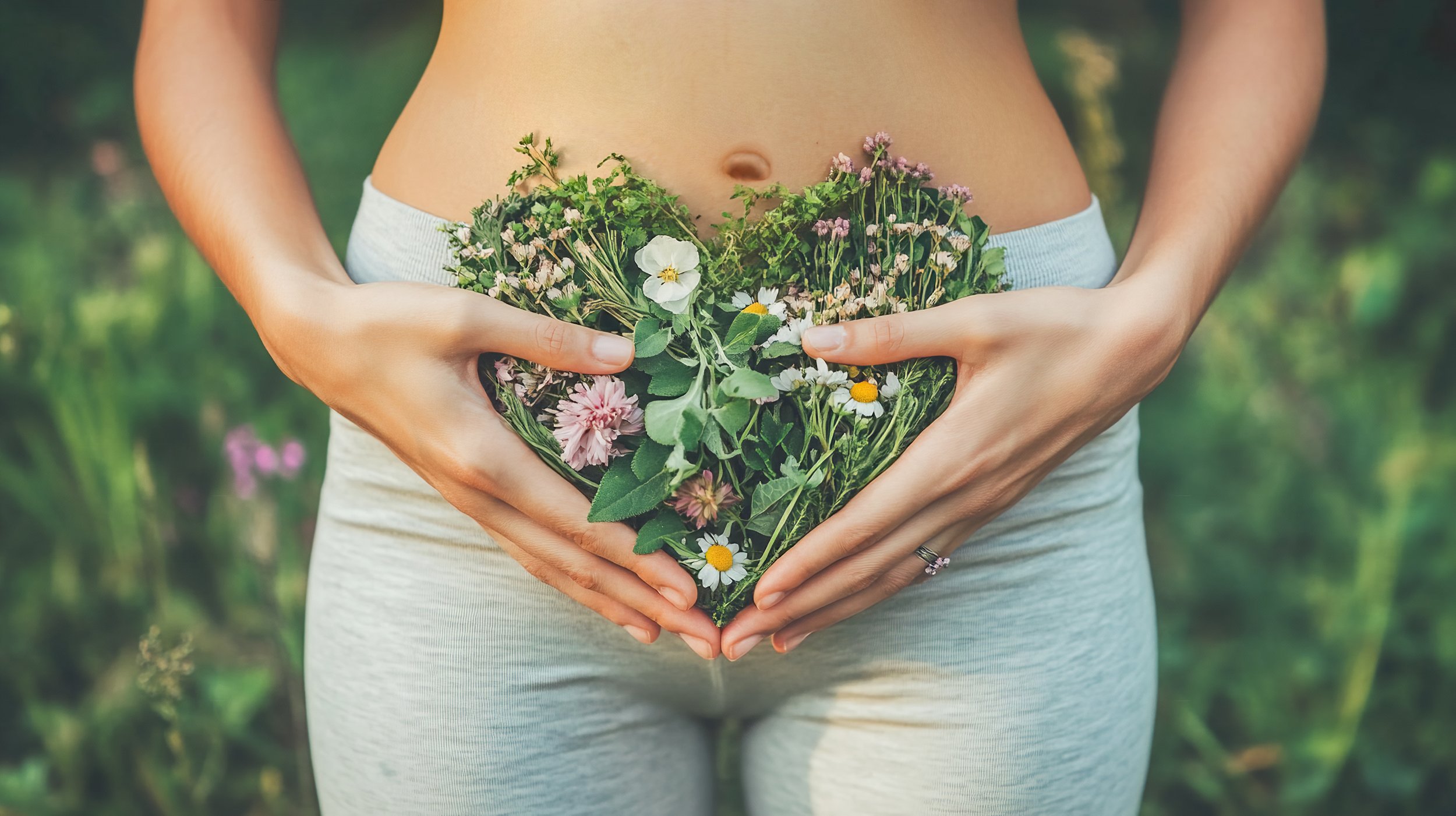
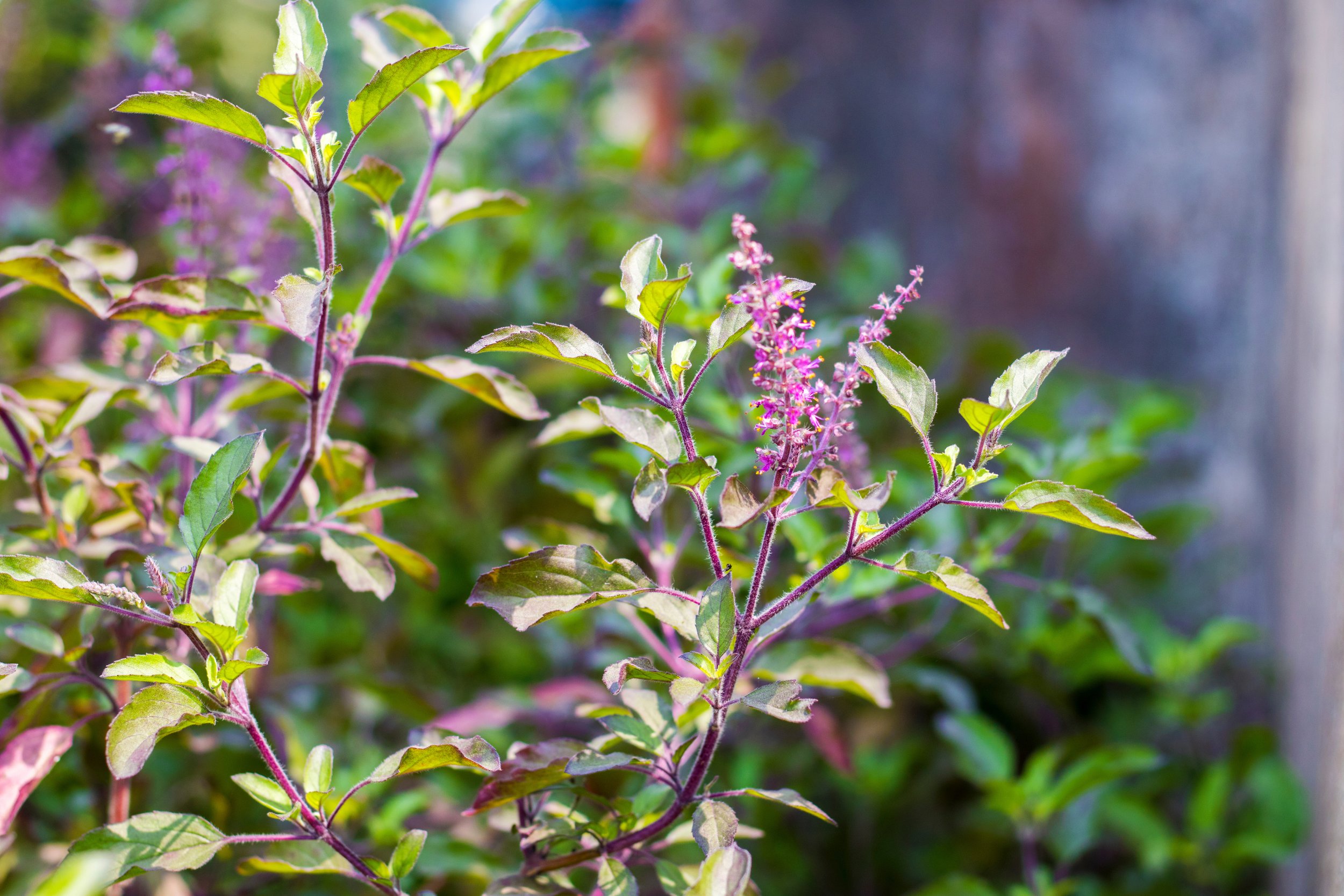

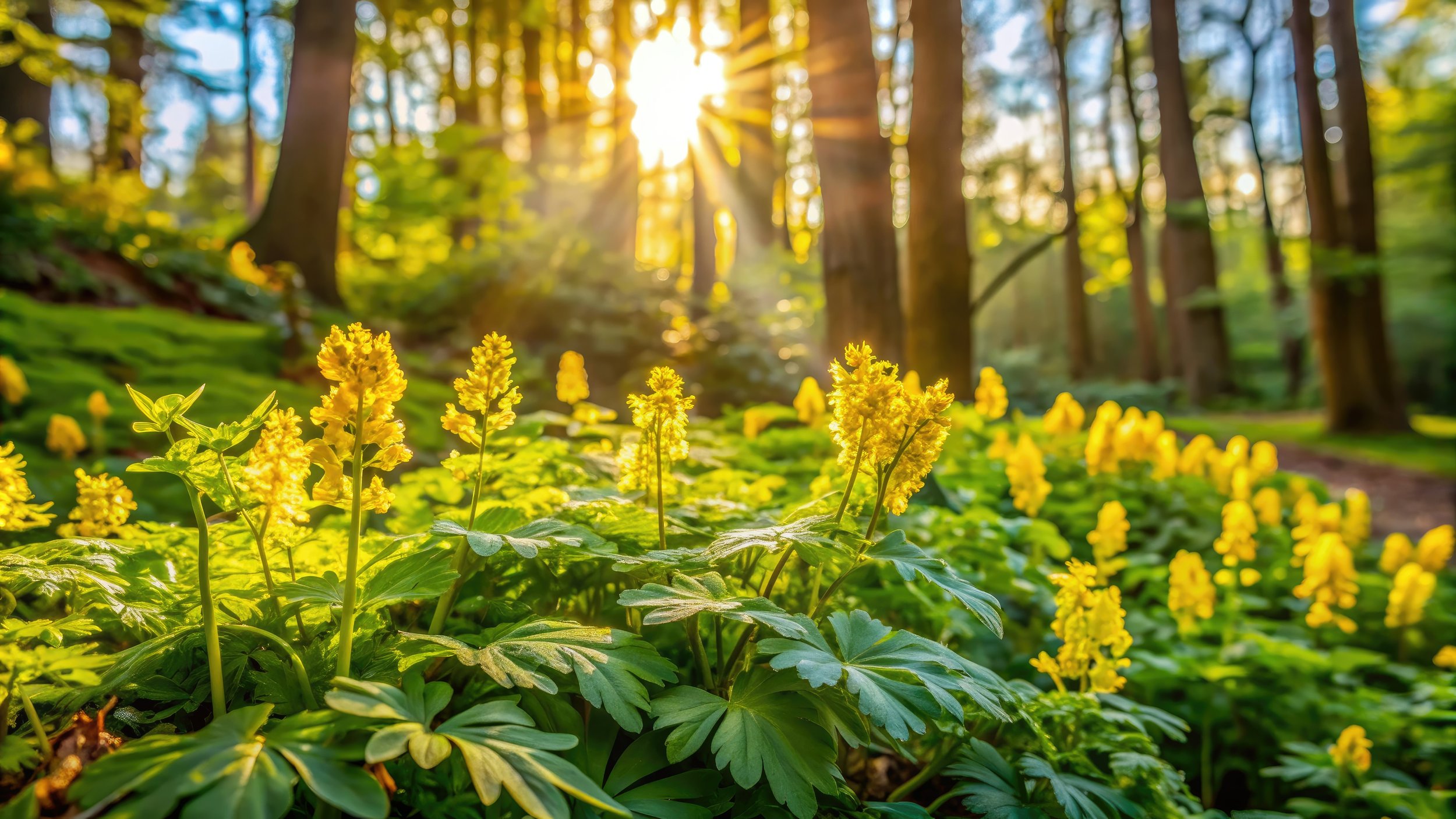
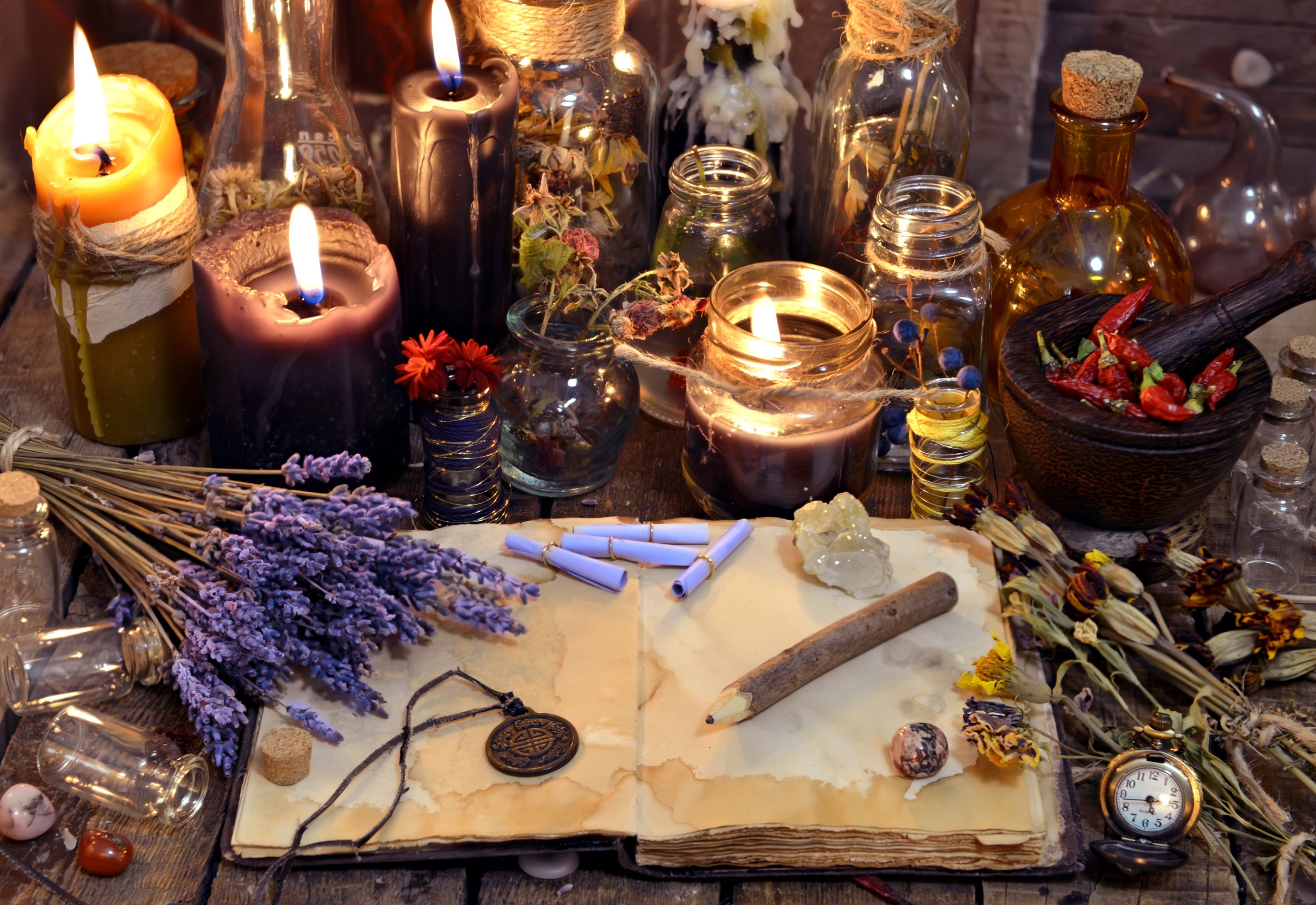

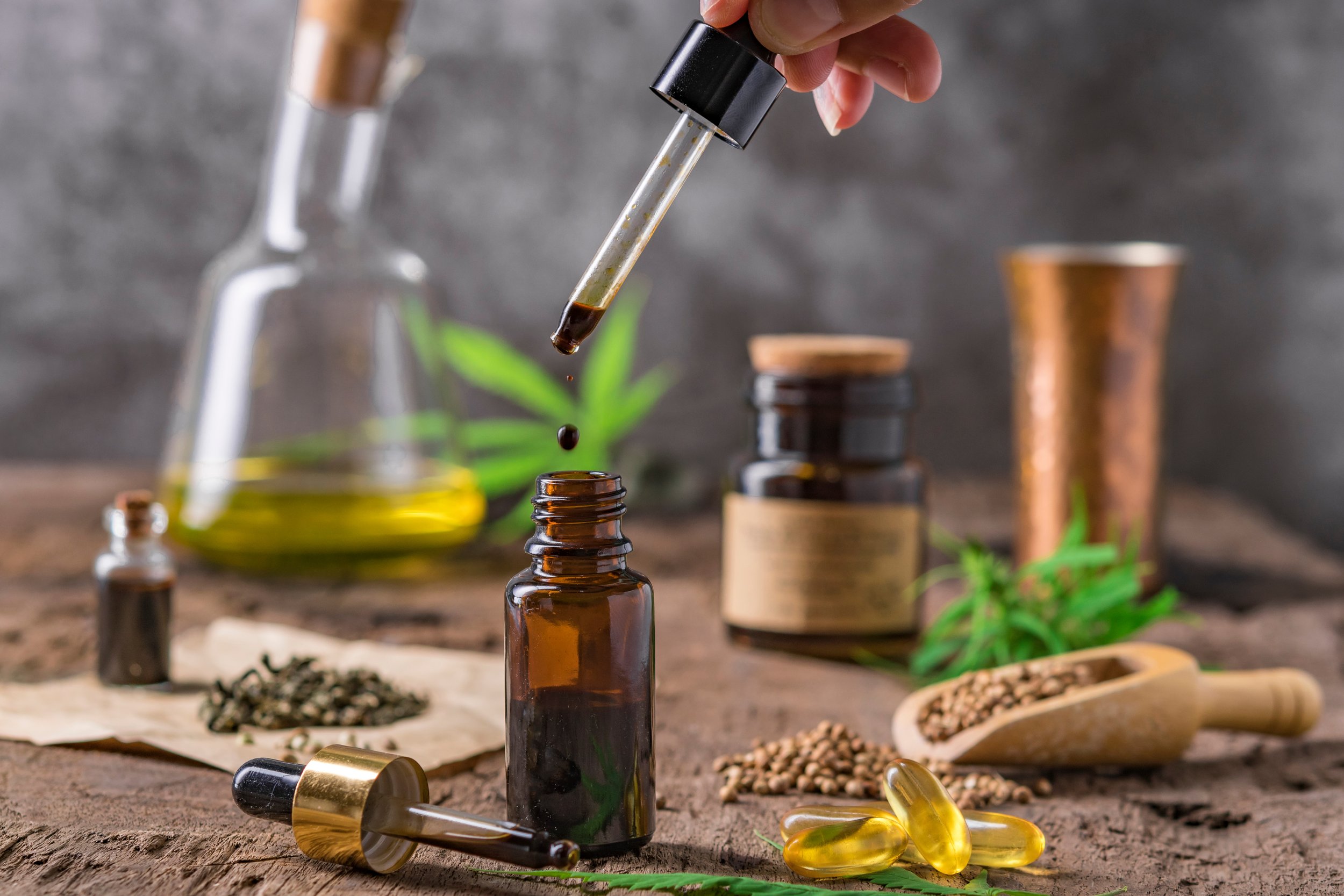

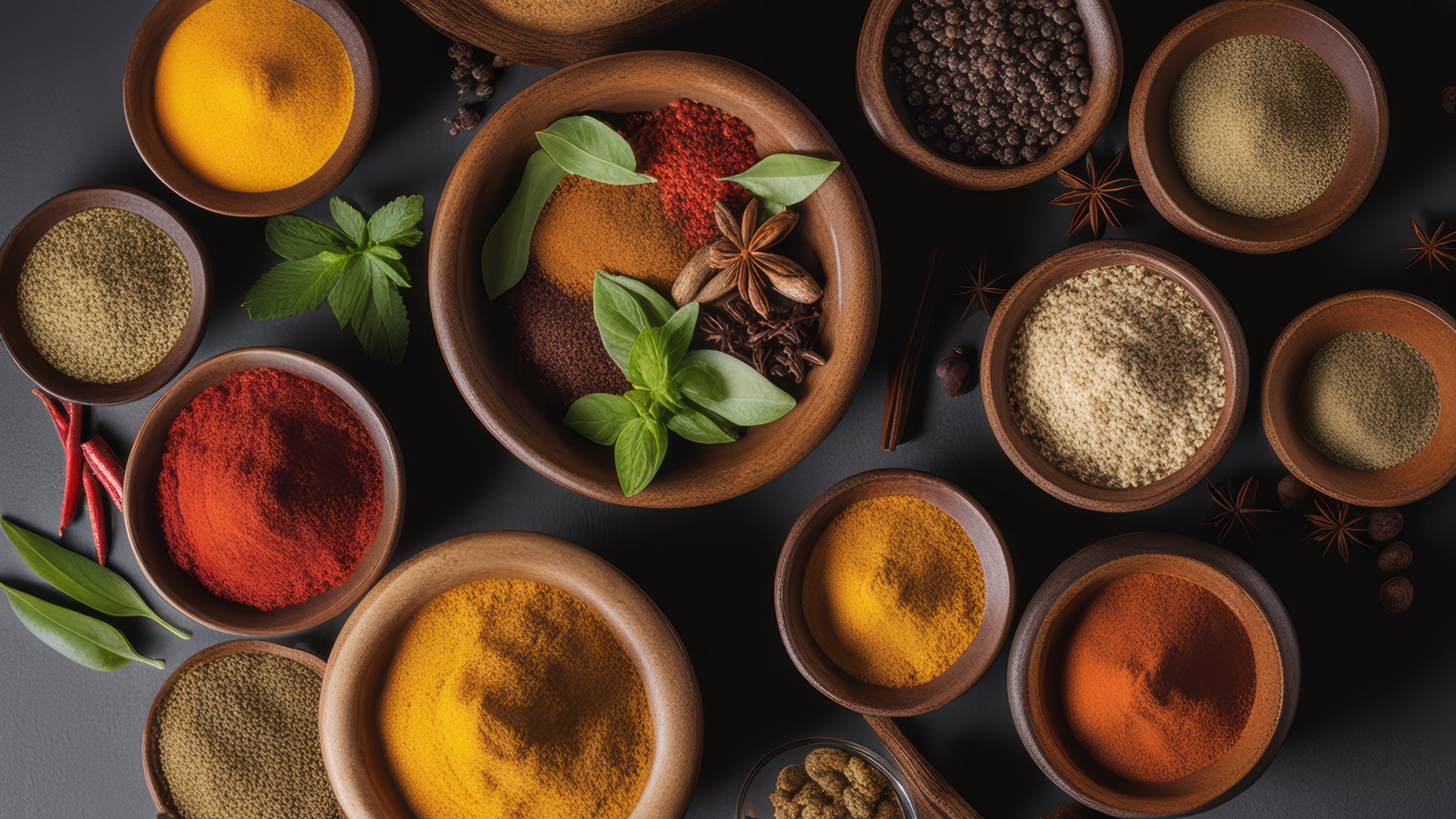

Hello and welcome! I'm Eve, a Chemist turned Herbalist, sharing the wonders of plant medicine and botanical skincare. Join me on this journey to Learn, Create, and Align your Divine!